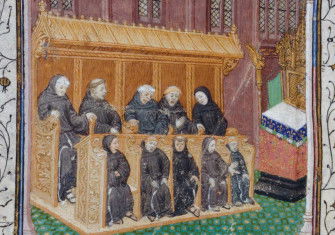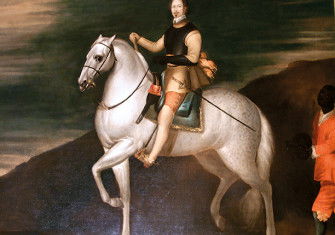The Other Catalina
A previously unnamed slave in Catherine of Aragon’s bedchamber may have known the answer to one of history’s greatest questions.

In the summer of 1501 an adolescent called Catalina left Moorish Granada to begin a new life in England. On disembarking at Plymouth, la infanta Catalina, daughter of Ferdinand and Isabella of Spain, had her name anglicised to Catherine and prepared to marry Prince Arthur, heir of Henry VII. With Catherine of Aragon on that journey was another Catalina, one whose real identity has been obscured by enslavement and historical conflation. Yet she may have known the truth about an enigma that still beguiles us five centuries later.







